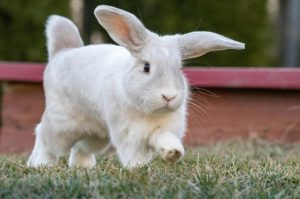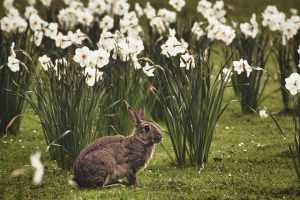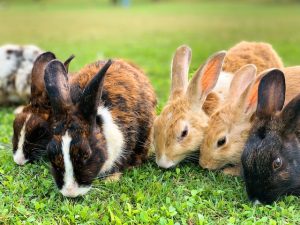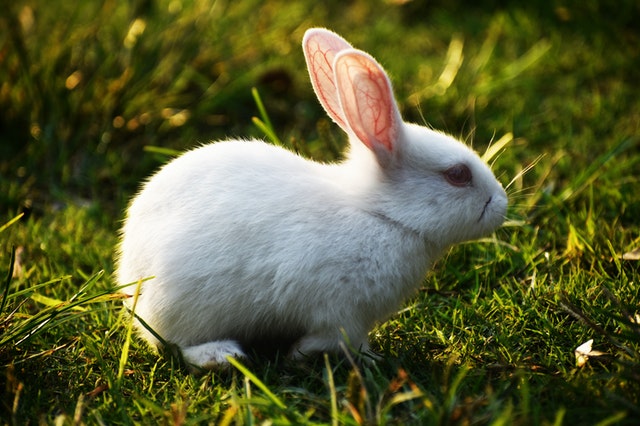
Contrary to the name, the Polish breed rabbit hails from England. It is possible that it is the offspring of an Albino Dutch. The Polish Rabbit is considered a dwarf in it’s breed. Way back in the late 1800’s a few small white rabbits were seen and they were called Polish. There is no given explanation why the name Polish was given.
It is believed that the Polish came from a Dutch Rabbit and the Himalayan Rabbit. Yet, again, it is just a belief with no proof. When the 1900s arrived, the Polish was a popular breed for the meat. By 1912 the Polish Rabbit made its way to America. They were then used as a source for other breeds. One of these was the Netherlands Dutch. Shortly after this, the Polish Rabbit was accepted as a breed by the American Rabbit Breeders Association.
Because of their appearance, they developed a special nickname all their own. The way they sit, the way they stand and their gentle behavior they earned the name of ‘The Little Aristocrat”. They seem to have a regal look to them, their stance and disposition only solidifies the meaning of the name. This Polish Rabbit would be a great joy and loving companion for almost anyone.
Body and Fur
The Polish Rabbit was blessed with a short head with round, full cheeks. They have short ears with a point, they can touch each other all the way from base to tip. Their eyes are full and round.
They do have the Dwarf gene in them, so there should be none that grow to more than 3.5 pounds. However, they are not considered to be a dwarf rabbit. Their body is considered to be compact. The Polish Rabbit will carry itself with a reserved posture. Due to the small hind legs, the Polish Rabbit appears to be more diminutive than it is. This makes it appear as the body mass on this rabbit is centered around it’s midsection. The Polish has a fine build, he or she is not thick in bone or weight.
The fur on the Polish Rabbit is soft and short. It is considered to be flyback fur. This means that the fur will fall back into place when rubbed in the opposite direction. As the human in your bunny’s life, you should only need to brush the rabbit once a week. During shedding season, you should increase this to at least two or three times a week.
Colorings
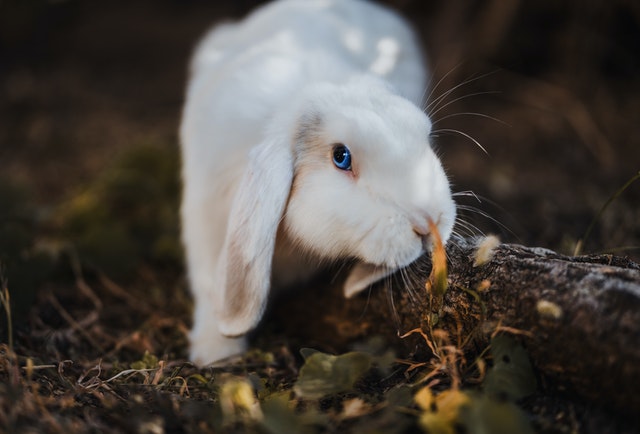
The American Rabbit Breeders Association states that there are six colorings and markings that make the Polish Rabbit acceptable by the Association. These six include:
- Ruby eyed-white
- Black
- Blue
- Blue eyed-white
- Broken Pattern
- Chocolate
The broken pattern is any color mixed with white. Any of these colorings mentioned are accepted by the American Rabbit Breeders Association.
Temperament
This rabbit is small in size, but it is not recommended for families with young children. Even with the small size, a young child could drop this little rabbit even easier. The best home types for the Polish Rabbit would be single people, seniors or families with older children, less likely to drop the small rabbit.
The fun little bunny is energetic, he is kind. They love to be held and will sit still so that you can pick them up. The Polish Rabbit loves to receive attention, they also like being held by their humans. The Polish Rabbit would likely not do well in a tiny apartment. There is not enough room for him or her to roam. When they get bored they may begin to cause damage by gnawing and chewing on objects they find. That could mean wiring or clothing.
These little fellas need toys to keep them occupied, to keep them entertained, especially when you are not around them. The Polish Rabbit is also quite a curious little creature. It is advised if there will be other pets in the home, another rabbit or dog, you will need to take extra time to allow the animals to get used to each other. Although the Polish are friendly, they are also jumpy and can become scared easily.
These little guys and gals are so laid back and fun to be around. They are probably the easiest to train in different things. Magicians use the Polish rabbit as one of their props. With some positive reinforcement you could quite possibly train them to use a litter box, they may also learn to come to you when you call their name.
Habitat and Exercise
These small rabbits may be kind and gentle, they are also very energetic. They need room to roam and play. Even if the rabbit is kept indoors, it may be helpful to allow him or her to be outdoors for an hour or more a day. They could have a hutch that is large enough for them to run around, you could also have an area set up in the yard, with a childs playpen and something that can work as a cover.
The cover is needed to protect your bunny from predators that would love to have a fresh meal. With the cover on top, you do not have to sit and watch the whole time. Your rabbit can enjoy some alone time while he is running around playing.
Health and General Well-Being
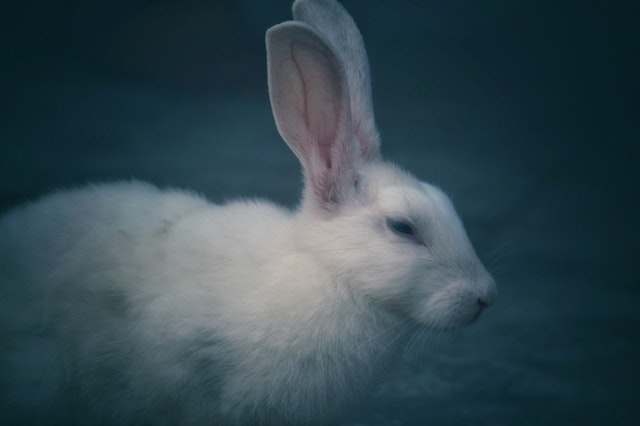
The average life of one of these Polish Rabbits is 6 to 10 years. As stated, they grow to around 3 to 5 pounds. These small rabbits can be happy for a period of time playing by themselves. If given enough toys, they will occupy themselves happily.
As far as food, like all rabbits, they need a supply of good hay. Timothy hay is suggested. Feeding them rabbit pellets will provide added nutrition, your rabbit would also appreciate some leafy greens to nibble on. As the rabbit gnaws and chews on the Timothy hay, this helps grind their teeth so that the teeth do not become overgrown. This would be called Malocclusion, where the teeth do not align properly.
The Polish Rabbit, like all other rabbit breeds, does need a steady supply of fresh water throughout the day. The amount of food they need should be based on their size, weight and the age. However, at least 70% of their diet should be Timothy hay. This is the main food that will help their digestive issues, their teeth and their overall well being.
There is no particular health problems that the Polish rabbit is susceptible to. There are no hereditary conditions to be on the watch for. They can become sick like many other rabbits, general maladies that can be taken care of with deworming, antibiotics or other forms of treatment by a trained veterinarian.
Ear mites are common conditions for most rabbits. If you routinely check your rabbit's ears, and have routine medical checkups with the veterinarian, these are easily taken care of. Flystrike is another issue that can happen. Flystrike is when the flies get into the soiled fur areas and lay eggs, the eggs will then burrow into the skin.
GI Stasis is another issue that could affect the Polish Rabbit. GI Stasis is an issue when the digestive tract begins to slow down or stops properly functioning. The signs to look for would be a lack of appetite, lethargy, little to no fecal matter. If you notice any of these signs, please head to the veterinarian for an emergency appointment.
The grooming that you do as the owner, should include checking to ensure that there is no soiled or matted fur. This, along with wiping the soiled areas down and cleaning them can help prevent flystrike. Another way to help prevent your bunny from getting flystrike is ensuring the hutch is made of galvanized steel. By using the steel like that, the fecal matter will fall through the floor and not stick to your bunnies bottom.
In summary, the Polish rabbit is one of the best choices if you are looking for a companion if you are a senior, or a single person living alone. They are friendly, gentle and laid back. The Polish Rabbit has long since been considered the runt of the rabbits. However, over the years they have come to be respected as a loving pet and a wonderful rabbit for shows. Matter of fact, the Polish Rabbit has developed quite a loving following from being at shows.
This is quite the change from the 1900’s. Back then they were popular for their meat, as one of the best meat breeds, especially in Belgium. Today, however, the Polish Rabbit is much more popular as a pet. These fantastic rabbits are loving and kind, they are also super intelligent. Another reminder for families with smaller children, these bunnies can scare easily. It is always best to be speaking to them as you approach them. When they do get scared, they could become aggressive and attempt to bite.



